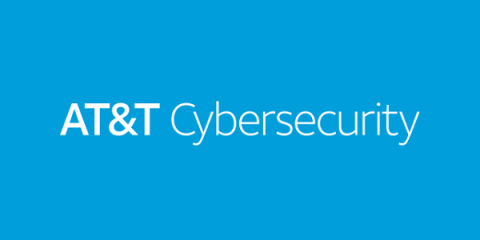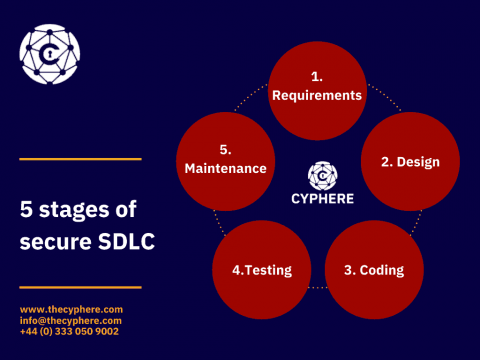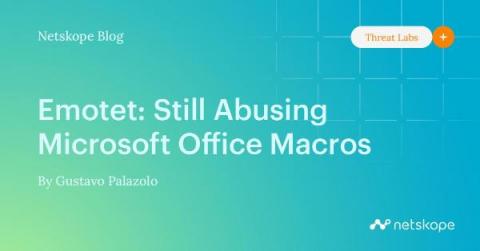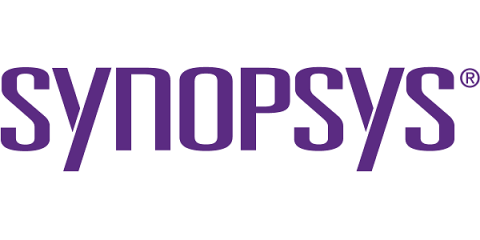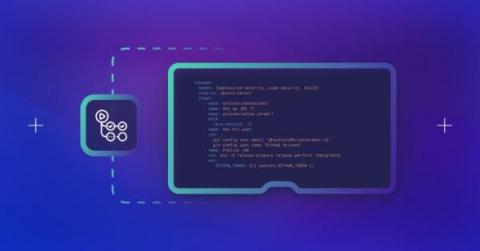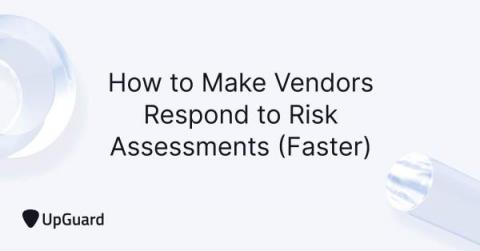Stories from the SOC - Detecting internal reconnaissance
Internal Reconnaissance, step one of the Cyber Kill Chain, is the process of collecting internal information about a target network to identify vulnerabilities that can potentially be exploited. Threat actors use the information gained from this activity to decide the most effective way to compromise the target network. Vulnerable services can be exploited by threat actors and potentially lead to a network breach. A network breach puts the company in the hands of cybercriminals.


